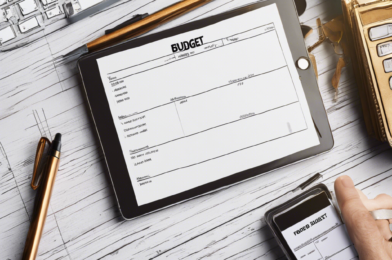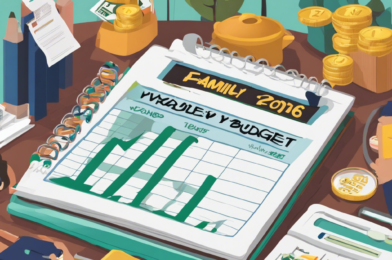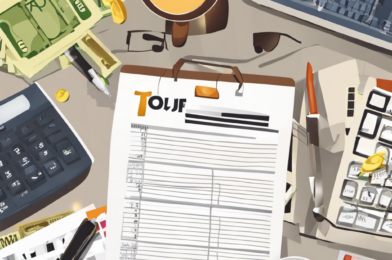Many people know that budgeting is essential for financial stability and success, but it can be a challenging task to get right. The process of allocating your income towards expenses, savings, and other financial goals requires careful planning and discipline. Unfortunately, many individuals fall into common traps that hinder their budgeting efforts. Let’s explore five of these budgeting mistakes and provide practical solutions to help you stay on track.
**1. Not Tracking Your Income and Expenses:** One of the biggest budgeting blunders is failing to keep track of your money. It’s easy to lose sight of your finances if you don’t monitor your income and spending regularly. The solution? Utilize budgeting tools like spreadsheets, mobile apps, or even pen and paper to record all your income sources and expenses. Allocate time weekly or monthly to review your financial transactions and identify areas where you can make adjustments.
**2. Setting Unrealistic Goals:** Another mistake is setting unrealistic financial goals. While ambition is great, setting goals that are too far-fetched can lead to disappointment and demotivation. Instead, set achievable targets. Break down long-term goals into smaller, manageable milestones. For instance, if you want to save for a down payment on a house, start by aiming to save a specific percentage of your income each month.
**3. Forgetting About Irregular Expenses:** Irregular expenses, such as car repairs, medical bills, or holiday gifts, can wreak havoc on your budget if not planned for. To avoid this pitfall, review your past expenses to identify recurring irregular costs. Set aside a portion of your income each month to cover these expenses when they arise.
**4. Neglecting Emergency Funds:** Life is unpredictable, and emergencies can happen when you least expect them. Not having an emergency fund can force you into debt when unexpected costs occur. Aim to build an emergency fund equivalent to three to six months’ worth of living expenses. Start small, saving a little each month, and gradually increase your contributions as your budget allows.
**5. Living Paycheck to Paycheck:** This habit leaves you vulnerable to financial stress and limits your ability to save and invest for the future. Break free from this cycle by creating a budget that accounts for all your expenses and leaves room for saving. Consider picking up a side hustle or finding ways to increase your income to give yourself some breathing room.










